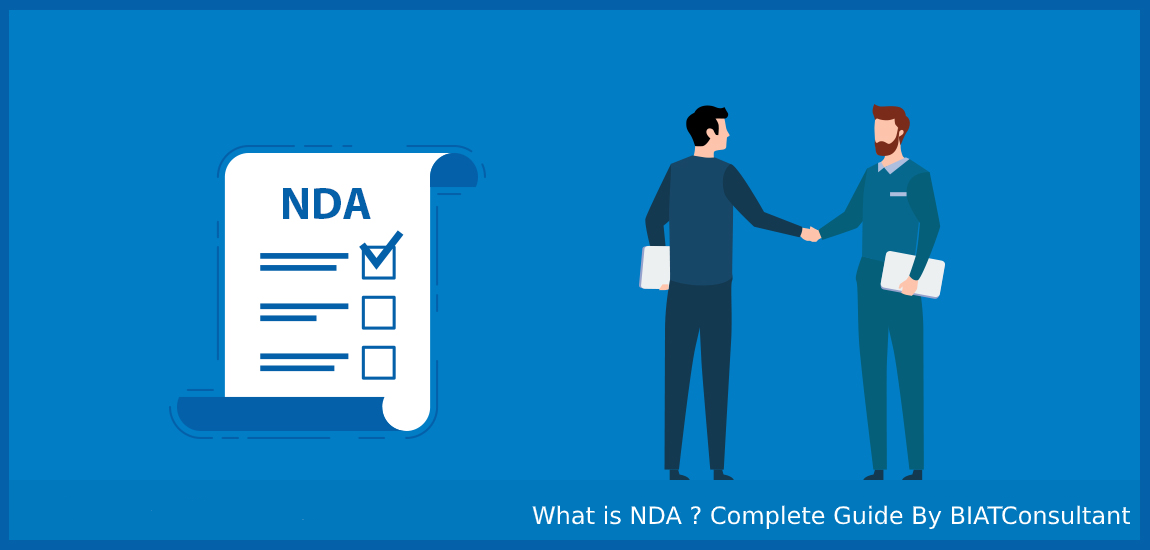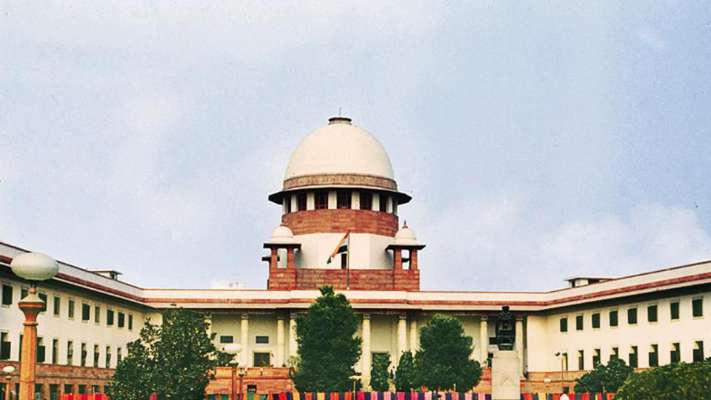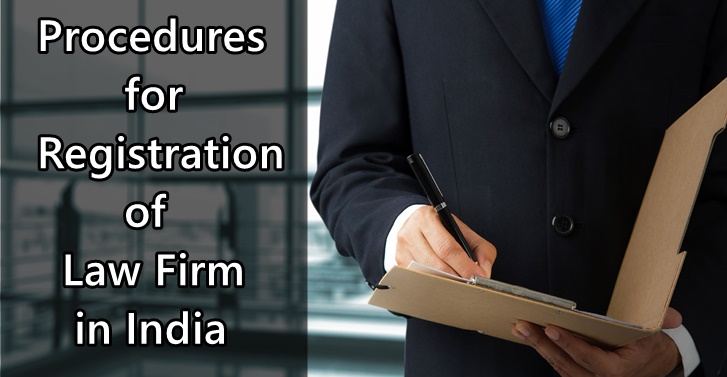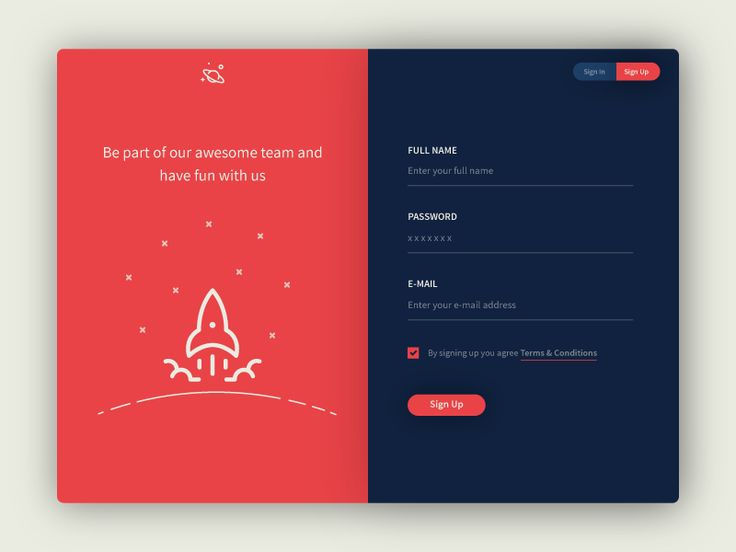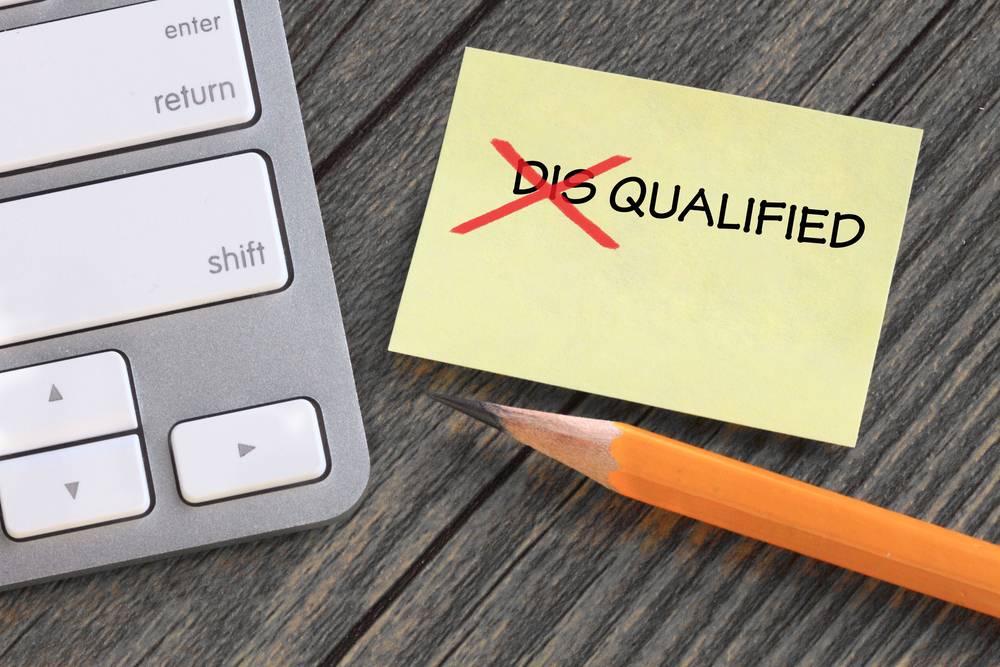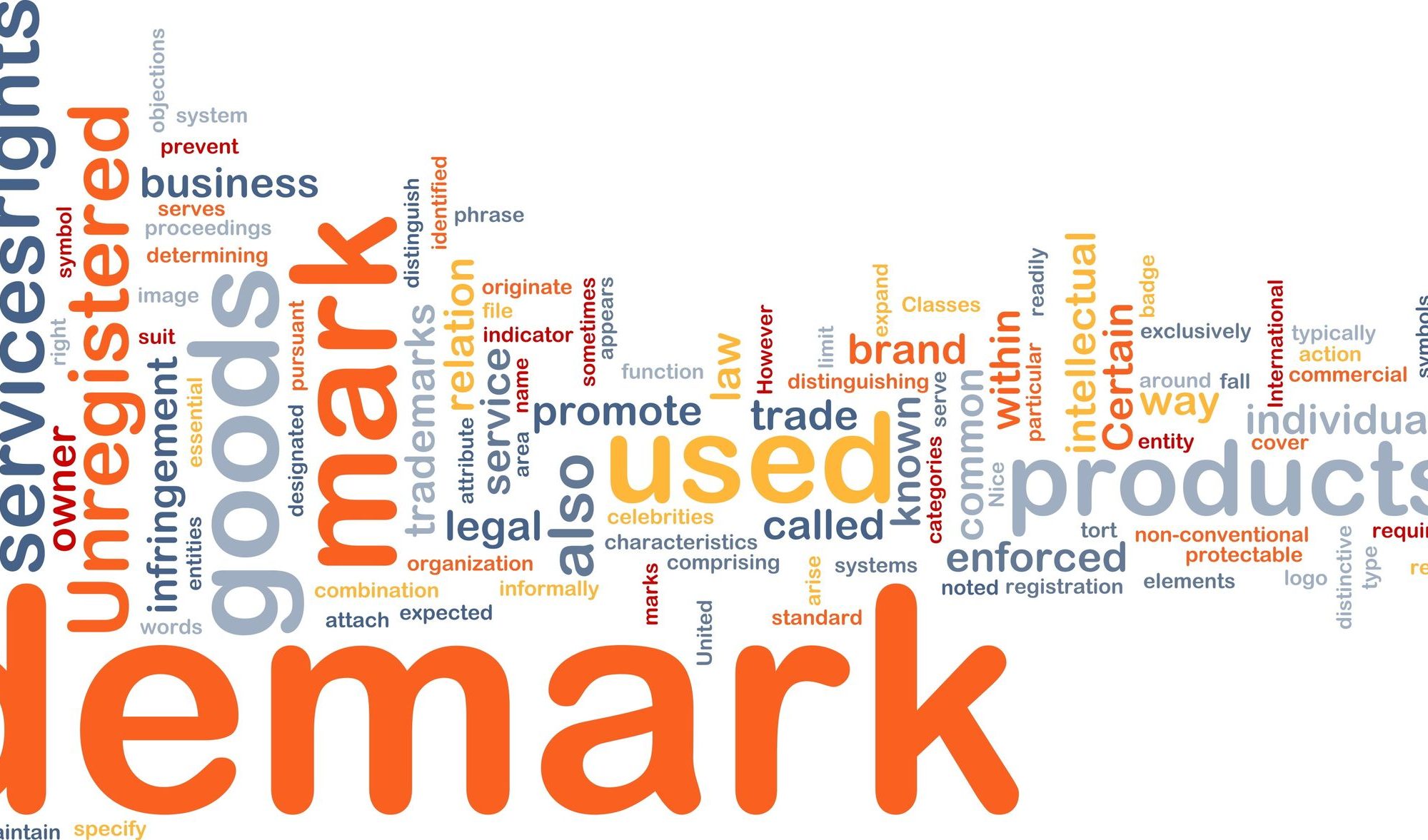In 2016, the NBFC Account Aggregator framework was established, with account aggregators facilitating data allocation from various financial sector entities and acting as a consent broker. It entails the transfer of data between financial institutions, but only after the client’s agreement. The RBI had issued master instructions in this regard. Let’s go over the NBFC AA License in in detail.
The Need for an NBFC AA License Collecting disparate data, combining it, and submitting it to a financial institution while applying for a loan can be a time-consuming and perplexing task for an individual. As a result, the concept of NBFC AA was established to assist customers in obtaining a consolidated view of their financial holdings that are distributed across many financial sector authorities.
Account Aggregators are financial entities that allocate financial data from financial information providers to financial information users. The client’s permission is required.
Financial Information Providers– These are entities that give a customer’s financial information in response to a request from another entity.
Users of Financial Data
These are the organisations that acquire user information from providers in order to conduct market research, customer analysis, and so on. Both organisations and individuals are included in this category. These are governed by regulatory bodies such as SEBI, IRDA, RBI, and PFRDA.
What includes Financial Information?
As per the RBI master directions, financial information includes the following:
- Different kinds of bank deposits
- Debentures
- Equity
- ETFs
- NBFC Deposits;
- Bonds; Real Estate Investment Trusts Units
- Mutual funds units
- Units of AIFs
- Tradable Government Securities.
How do I get an NBFC AA licence?
Requirements for Eligibility:
- The company applying for NBFC Account Aggregator License should have a net owned fund of 2 crore rupees.
- The company should have the resources required to offer such services;
- The company should have adequate capital structure;
- The company must be having fit and proper promoters;
- The management of the company should be such that its general character must not be prejudicial to public interest;
- An effective IT system plan should be laid by the company;
- The leverage ratio of such company should not be beyond 7.
Procedure:
- The company seeking an NBFC AA Licence should apply to the RBI[1]. Such an application should follow the guidelines outlined in Annex 1 of the RBI Master Direction.
- Once the RBI is satisfied that the company meets the above-mentioned eligibility standards, it will give in-principle clearance.
- The in-principle approval is valid for 12 months, during which time the company must set up a technology platform, enter into legal papers required for operations, and report compliance position to the Bank.
- When the Reserve Bank is satisfied that the company is ready to begin operations and has met all of the registration requirements,
- When the Reserve Bank is satisfied that the company may begin operations and is in conformity with the registration criteria, it will issue the NBFC Account Aggregator Registration Certificate.
When is the NBFC AA License revocable?
The RBI has the authority to revoke the NBFC AA’s registration if any of the following conditions are met:
- The company closes account aggregators’ business;
- Where the company is unable to satisfy any condition to which the certificate of registration has been issued;
- In the case where the bank feels that the company can no longer hold COR;
- The company breaches a condition mandatory for obtaining COR;
- Where the company fails to maintain accounts or issue information or disclose information as required by banks;
- Where the company fails to submit its books of accounts or other documents for assessment purposes.
What is NBFC AA’s responsibility?
The following are the responsibilities of NBFC AA:
It shall provide services to clients only with their consent; it shall not impede any customer transaction; and it shall not contract in any business other than the business of NBFC AA. It should be noted, however, that permission has been granted for the disposition of investible surplus in non-trading avenues; the information must be shared only with the customer who owns it or to other FIU as sanctioned by the customer according to the terms and conditions of the consent; and it shall have a citizens’ charter that protects customers’ rights.
Consent is required in the operation of an NBFC-AA. NBFC-AA cannot retrieve, share, or transfer any of the customer’s financial data without the customer’s consent. The notion of NBFC AA was created to assist customers in obtaining a consolidated view of their financial holdings that are distributed among many financial industry authorities. The credit approval and authorization process for lending becomes significantly more effective with an NBFC AA License.



